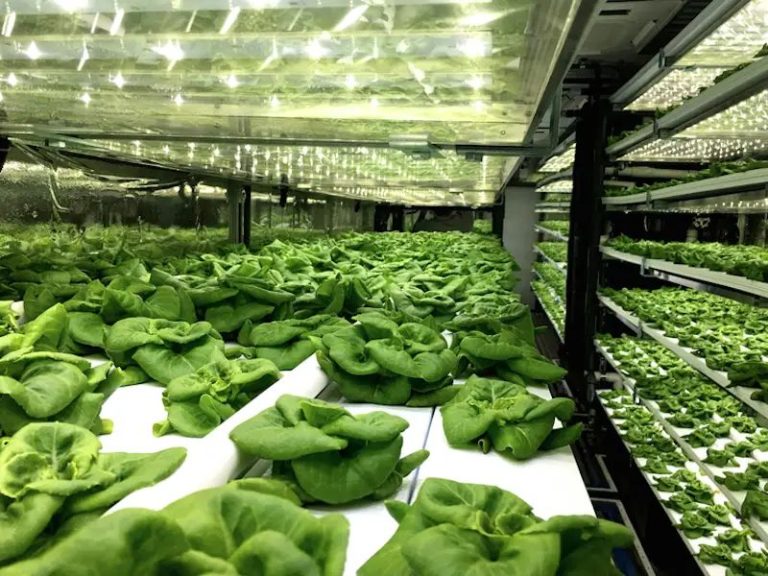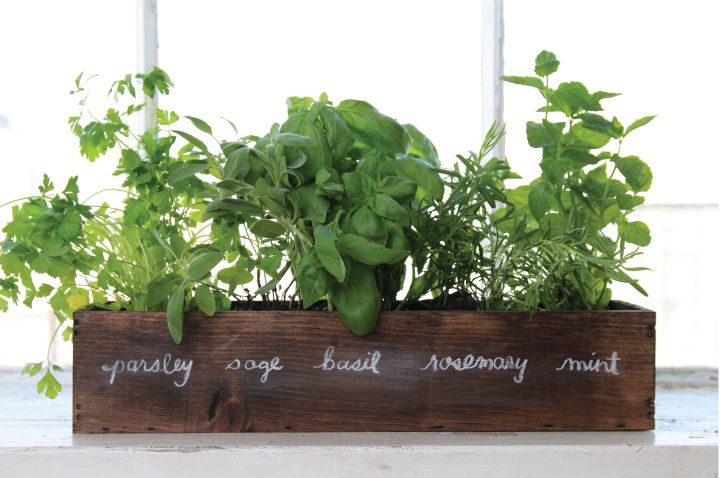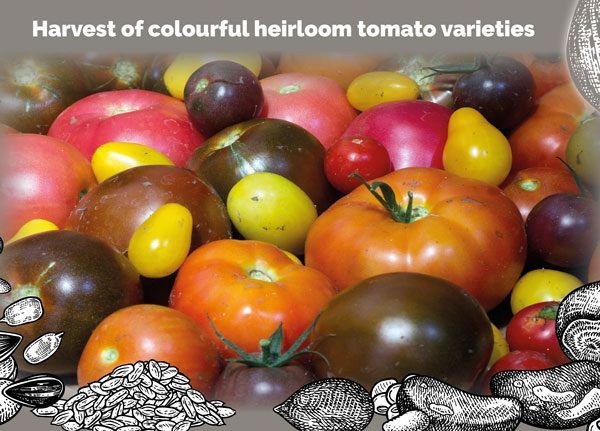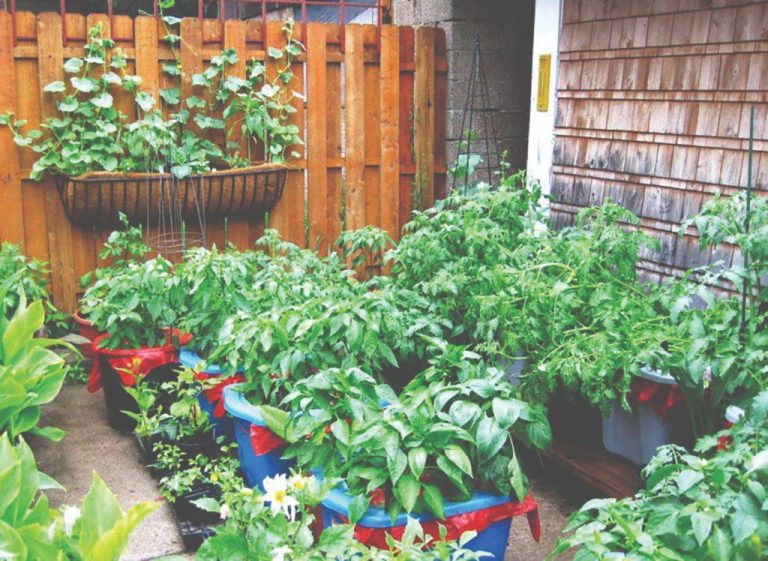Raised Bed Gardening For Urban Environments
Raised bed gardening refers to growing plants in an elevated garden bed built above ground level. The beds are typically filled with soil, compost, and other organic materials to provide optimum growing conditions for plants.
Raised beds offer numerous benefits for urban gardeners with limited space. By growing vertically, raised beds allow for more plant yield per square foot compared to traditional gardening at ground level. The loose, nutrient-rich soil mix also promotes better drainage and healthy root growth. Additionally, the elevated design reduces soil compaction and weed pressure. Raised beds are also easier on the back by avoiding excessive bending.
This guide will cover planning, designing, and filling raised beds. It provides tips for plant selection, ongoing care and maintenance, and maximizing yield from a raised bed garden. Troubleshooting common issues in raised beds is also discussed. Special considerations for winter raised bed gardening are provided as well. The goal is to equip urban gardeners with the key information needed for successful raised bed gardening.
Planning Your Raised Beds
When planning your raised beds, the first consideration should be choosing the right location. Raised beds need at least 6-8 hours of direct sunlight daily for most vegetables to thrive. Before building, assess sunlight patterns in your yard and identify the sunniest spots (Source). You can also use a sun map tool to determine sunlight availability throughout the seasons.
Once you’ve selected the location, decide on the ideal size and shape for your raised beds. Standard sizes are 3×6 feet and 4×8 feet, which provide enough space for most crops without being difficult to reach across. The shape can be rectangular, square or even circular based on your space and preferences. Keep in mind accessibility and your ability to tend to the plants from all sides (Source).
In an urban environment, you may need to construct raised beds over concrete. While this presents some challenges, with the right preparations and materials it can be done successfully. Be sure the concrete is level, clean and stable enough to support the weight of the soil. Include drainage, an underlayment or landscape fabric, and deeper beds to account for the impermeable concrete surface.
Building Materials
When constructing raised beds, you have several options for building materials. Wood, metal, concrete, and stone are some of the most popular choices, each with their own pros and cons.
Wood is one of the most affordable and accessible materials for raised beds. Softwoods like pine and cedar are lightweight yet sturdy. Hardwoods like oak are very durable but more expensive. The main downside of wood is that it will eventually rot and degrade over time, usually needing replacement every 3-5 years. Treating wood or using naturally rot-resistant woods like cedar can help extend its lifespan. See this source for examples of using wood for raised beds.
Metal, such as galvanized steel, is very sturdy and long-lasting for raised beds. It won’t rot or decay, and provides good structure for taller raised beds. However, metal can get very hot in the sun and is prone to rusting. Using galvanized or corrosion-resistant metals can help avoid rust issues. Metal is also one of the more expensive raised bed building materials. Here’s a helpful resource on the pros and cons of metal raised beds.
Concrete blocks, bricks, or poured concrete can be used to build strong raised beds. Concrete holds up well to the elements and pests and can last for decades. The major downside is that concrete is very heavy, making it harder to reconfigure beds. Concrete also tends to leach lime over time, raising soil pH. Coating blocks with non-toxic sealants can help prevent this. More on concrete as a raised bed building material in this guide.
Stone, such as granite, is very attractive for raised beds, providing a natural rustic look. Stone is extremely durable, though very heavy. Some porous stones may leach minerals into the soil over time. Mortaring stone raises the cost, but provides strong stability. Overall stone is one of the longest-lasting options, though usually limited to shorter raised beds.
Filling Your Beds
The key to growing healthy plants in a raised bed is using a high-quality soil mix. The soil needs to retain moisture and nutrients, yet still drain well to prevent the roots from rotting. A mix of 1/3 compost, 1/3 peat moss or coco coir, and 1/3 vermiculite or perlite is an excellent base for raised bed soil (Old World Garden Farms, 2021). The compost provides organic matter and nutrients. Peat moss or coco coir help retain moisture. Vermiculite or perlite improve drainage and aeration. It’s best to avoid heavy garden soil since it compacts and drains poorly.

In addition to choosing the right soil components, take steps to enhance drainage in the bed. Amend dense native soil underneath the beds with compost or sand to improve permeability. Incorporate organic material like bark chips on the bottom before filling. And avoid walking or compressing the soil once beds are planted (The Budding Planter, 2022). With the proper soil mix and drainage, your plants’ roots will thrive.
Plant Selection
Raised beds are ideal for growing vegetables, fruits, and herbs because their elevated construction allows for improved drainage and air circulation around plant roots. This benefits plant health and productivity. When selecting plants for a raised bed, focus on varieties that thrive in confined spaces and mature quickly. Here are some top recommendations:
Vegetables like lettuce, kale, spinach, carrots, onions, radishes, beets, and many others do well in raised beds, maturing quickly within close quarters. Most salad greens like lettuce and arugula can be planted densely and harvested frequently. Tomatoes, peppers, cucumbers, eggplant, squash, and beans can produce prolifically in a small raised bed with proper care like staking and pruning. Herbs like thyme, basil, parsley, chives, oregano, and cilantro also grow well in raised garden beds due to good drainage and air flow the beds provide. For fruits, berries like strawberries and dwarf blueberry varieties are good options that produce abundantly even in limited spaces. When planting, use succession planting and intercropping to maximize productivity.
For detailed recommendations, refer to this article from Homes and Gardens and this guide from Backyard Eats.
Care and Maintenance
A thriving vegetable garden needs consistent care and maintenance throughout the growing season. Pay close attention to essential tasks like watering, fertilizing, and pest management to keep your raised beds healthy and productive.
Watering
Vegetable plants need about 1-2 inches of water per week. Measure rainfall with a rain gauge, and supplement with hand watering when necessary. Water at ground level with a watering can or soaker hose to avoid wetting the leaves, which can encourage diseases. Water in the morning so leaves can dry out during the day. Add mulch around plants to help retain moisture.
Fertilizing
Most vegetables thrive with regular feeding. Apply a balanced organic vegetable fertilizer according to label instructions, usually every 2-4 weeks during the growing season. Side dress growing plants by sprinkling granular fertilizer along the rows. Liquid fertilizers can be mixed with water and applied the same way you water. Avoid over-fertilizing, which can damage plants and leach nutrients into groundwater.
Pest Management
Inspect plants frequently for signs of common vegetable pests like aphids, cabbage worms, beetles, and tomato hornworms. Hand pick larger pests, spray insecticidal soap or neem oil for smaller ones, or use row covers as a preventative barrier. Attract beneficial insects like ladybugs and lacewings with companion plants. Rotate annual crops and remove diseased material to prevent pest buildups.
Maximizing Yield
There are several techniques you can use to maximize the yield from your raised bed garden in an urban environment. One effective method is interplanting, which involves planting quick-maturing crops together with longer-maturing ones. For example, you can plant radishes or lettuces between rows of broccoli or Brussels sprouts. The radishes or lettuces will mature and can be harvested before the broccoli or Brussels sprouts need the space 1.
Another useful technique is succession planting. This means replanting areas of your raised bed as soon as a crop is finished. For instance, you can plant lettuce or spinach in the early spring, then replant with beans or carrots after harvesting the lettuce. This maximizes the yield from every square foot of your raised bed 2.
Finally, consider trellising vining crops like cucumbers, peas, tomatoes, and beans. Trellising involves providing vertical support so these plants grow upward instead of spreading on the ground. This opens up valuable space in your raised bed for additional plantings 2.
Troubleshooting Issues
Raised beds can help avoid some common gardening problems, but issues can still pop up. Three main problems to watch for are diseases, pests, and poor drainage.
Common vegetable diseases include blights, wilts, leaf spots, and rusts. These are often caused by fungus or bacteria and can quickly spread between plants. Remove any infected plants immediately and avoid overhead watering which spreads spores [1].
Pests like slugs, snails, and aphids are attracted to the tender new growth in raised beds. Use row covers to protect plants when young and handpick pests as needed. Avoid chemical pesticides which can harm pollinators [1].
Poor drainage causes root rot and other problems. Make sure beds have drainage holes and amend soil with compost to improve texture. Level beds properly so water doesn’t pool in low spots.
Winter Considerations
Raised bed gardens enable gardeners to extend the growing season into the colder months. However, there are still some important steps to take to protect your beds during the winter.
It’s a good idea to cover your beds with a season extending fabric, like low tunnels, frost blankets, or cold frames (Winter Raised Bed Gardening Checklist). These will protect plants from frost and keep soil warmer. You can also mulch heavily around plants with straw or leaves to insulate roots.
For maintenance, continue weeding beds as weeds can overwinter and spread. Prune back dead growth and harvest any remaining produce. Remove any diseased plant material and clear away debris to prevent pest issues. Test and amend soil nutrient levels if needed.
Finally, consider rotating beds seasonally. This means planting beds used for warm weather crops with cold hardy veggies like kale or carrots for winter harvesting. Then rotate back to warm crops come spring. Crop rotation helps prevent soil depletion and disease.
Conclusion
Raised bed gardening has many benefits for urban gardeners with limited space. By building up from the ground, you can create fertile planting beds tailored to your unique needs. With proper planning, materials, soil, and plant selections, raised beds enable high-yield gardens even in small footprints. They reduce weed and pest pressure, while also minimizing bending and kneeling required for maintenance. Throughout the growing season, be sure to stay on top of watering, fertilizing, pruning, and harvesting to get the most out of your raised beds.
The key points covered in this guide include planning your layout, choosing durable building materials, filling beds with nutrient-rich soil, picking appropriate plants, and proactively maintaining your beds for optimal health and production. Focus on pest-resistant varieties suitable for your lighting and climate. Use vertical growing space and succession planting to maximize yields. Troubleshoot issues as they arise. With proper care, raised beds are an extremely rewarding way to grow food, beautify outdoor space, and engage with nature in urban settings.






